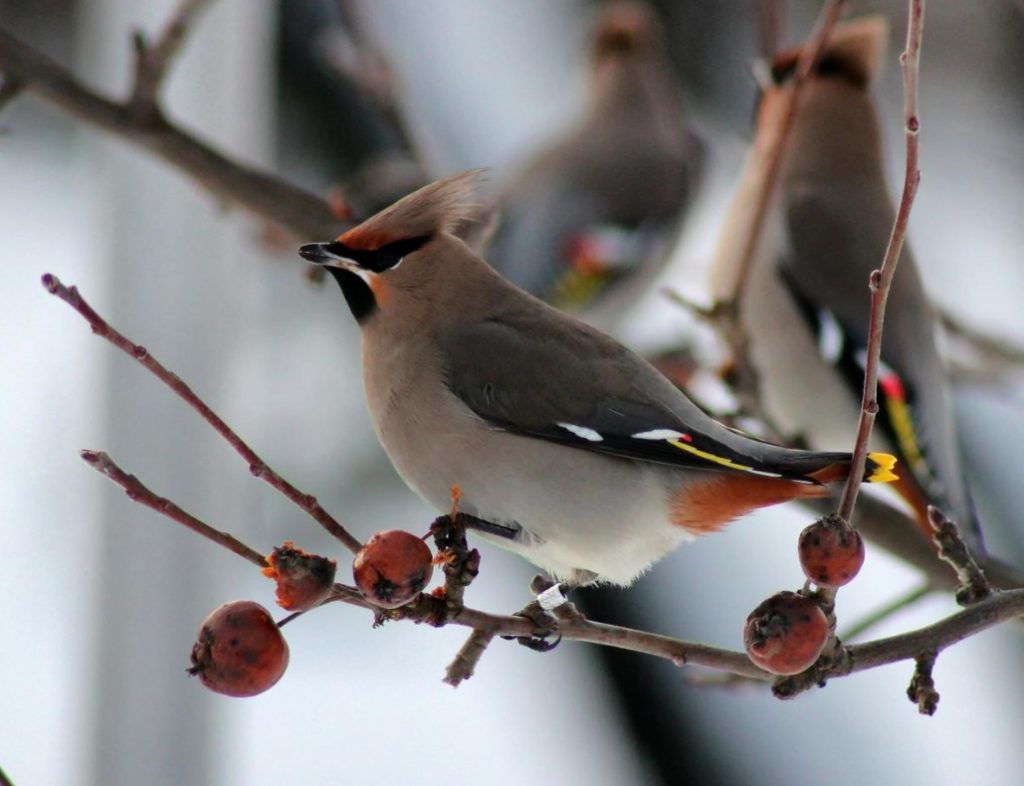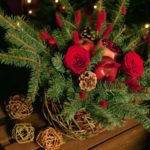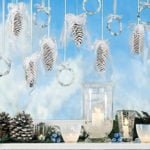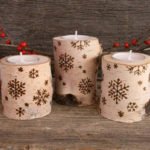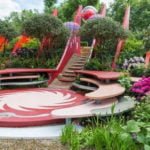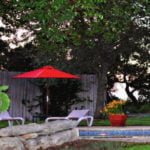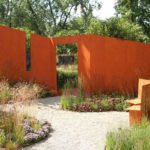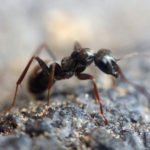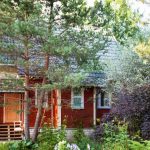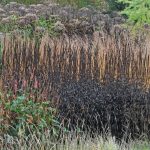I love everything natural, real: if the night is so dark, without the blinding light of lanterns; winter is so frosty and snowy, with the crackling of the stove, with raspberry jam, with frosty patterns on the windows. After all, “real” winter does not mean the complete death of nature, a lifeless ugly garden and a dreary expectation of spring days. Nature lives in winter, and it is in your power to make your garden the center of this life.
Best of all, birds enliven the winter garden — bright, noisy, fussy. you can watch them endlessly, and, unlike the famous fire and water, they not only give rest to frayed nerves, but also provide food for observation and reflection — they are also interesting!
However, there are not so many birds wintering in our region, and in order to enjoy meeting them more often in the garden, it is advisable to attract them with additional funds.
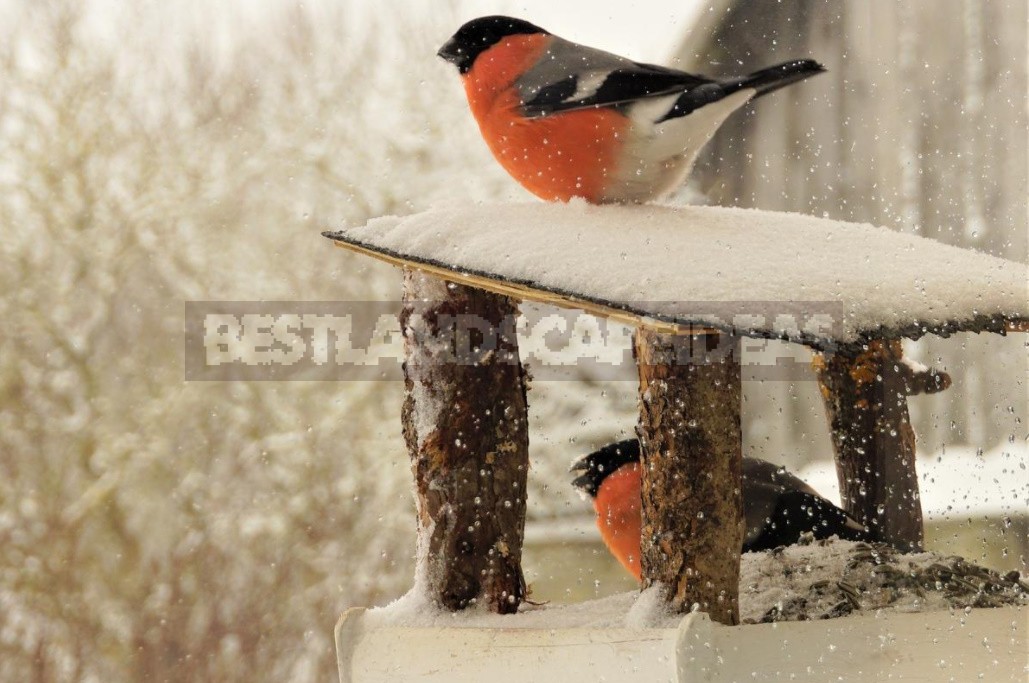
Alas, not all birds regularly arrive at the feeder, even some grain-eating birds are difficult to lure with it. but all birds can be attracted by planting their favorite food plants.
For example, waxwings roam the middle lane all winter, eating juicy fruits of mountain ash, blackberries, barberry, viburnum, pecking at the frozen apples left on the branches. All these plants (and any others with juicy fruits that remain hanging for the winter) are beautiful in themselves, bringing to the garden bright colors that are so valuable in the winter landscape. When harvesting, leave some berries for the winter — not only jam is full of people.
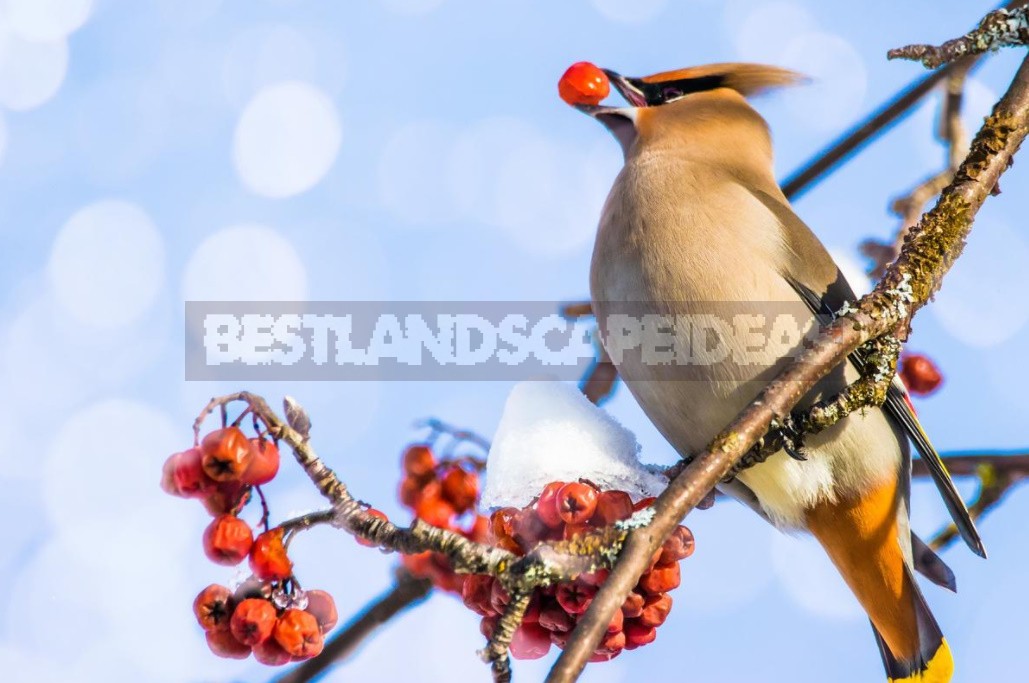
Berry trees and shrubs also attract bullfinches; they often feed together with the waxwings, but, unlike them, the pulp is thrown out, pecking out the seeds (waxwings, on the contrary, are not interested in seeds). Bullfinches can also be attracted by ash seeds (of course, if there is room for large trees in the garden), Syringa josikaea or seeds of simple varieties of Syringa vulgaris.
In this case, the attraction of birds and the decorative nature of flowering shrubs somewhat contradict each other: the more interesting the lilac flowers, the less seeds are formed in them; the best varieties are generally practically barren. And unpretentious and prolific semi-wild forms, alas, are inferior in decorativeness to varietal ones. however, firstly, it is not necessary to plant a prolific “savage” in the front part of the garden, and secondly, we should not forget that syringa josikaea blooms a little later than syringa vulgaris, and thus the flowering period of lilac as a whole is stretched. For this, as well as for the seeds that attract bullfinches, perhaps you can forgive her “unsightly”.
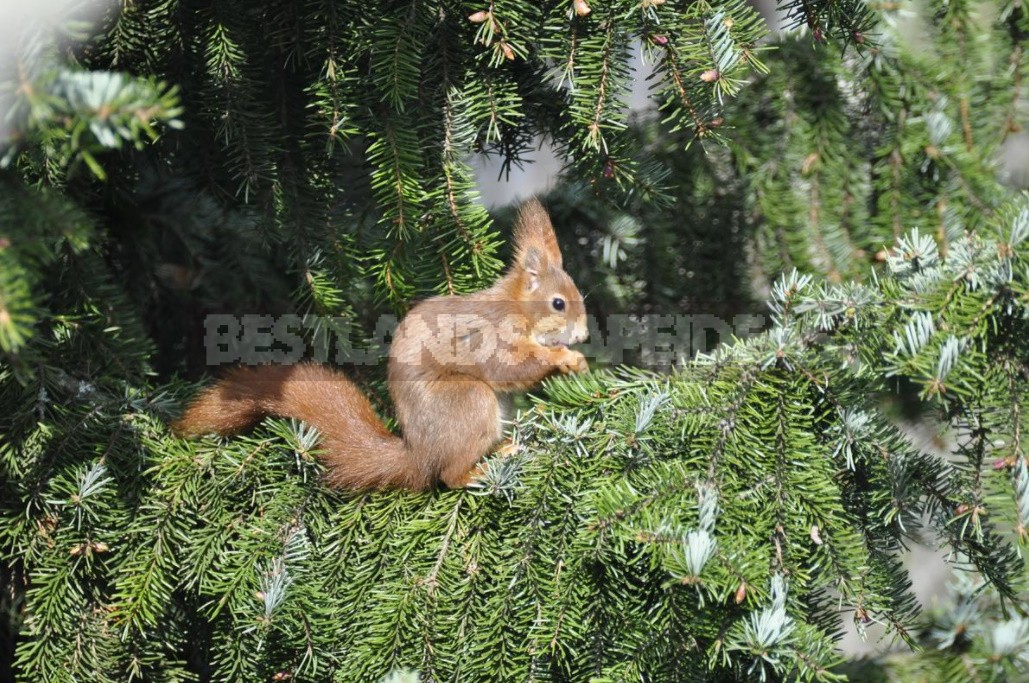
If you have the opportunity to plant or preserve a spruce tree in your garden, you will immediately attract several species of birds. In the harvest year, spruce seeds will attract squirrels (as well as a feeder, by the way), Dendrocopos, perhaps even Loxia. With Loxia, however, it is difficult to give a guarantee: these are nomadic birds that fly to places where there is a good harvest of cones this year, and disappear when most of them are eaten. Of course, the probability of meeting a tick in the garden is much higher if there are extensive spruce forests in the vicinity and your spruce is not the only one in the village itself.
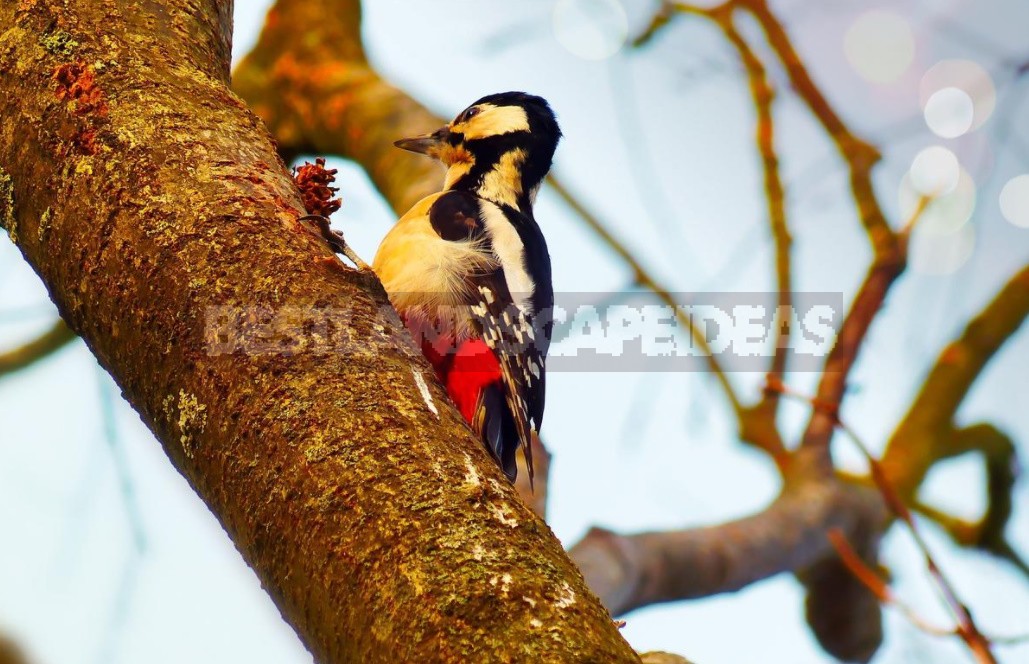
From the large coniferous forest, you can also visit the kinglets, “northern hummingbirds”. Of course, they do not eat nectar — they eat only insects, but, like hummingbirds, they can hover, fluttering their wings, in front of the branches of fir trees, pecking at various trifles. In the forest, this is one of the most numerous birds, but it is difficult to see them: they usually stay high in the crowns. But on the edges and on the free-standing fir trees, the crown of which descends to the ground, these extremely beautiful birds can be admired up close.
A more compact coniferous tree-thuja occidentalis-also helps to revitalize the garden. Its seeds are readily fed by siskins and guests from the tundra-Acanthis flammea. Siskin and Acanthis flammea are also attracted to birch, alder and other plants, both woody and herbaceous, with small seeds.
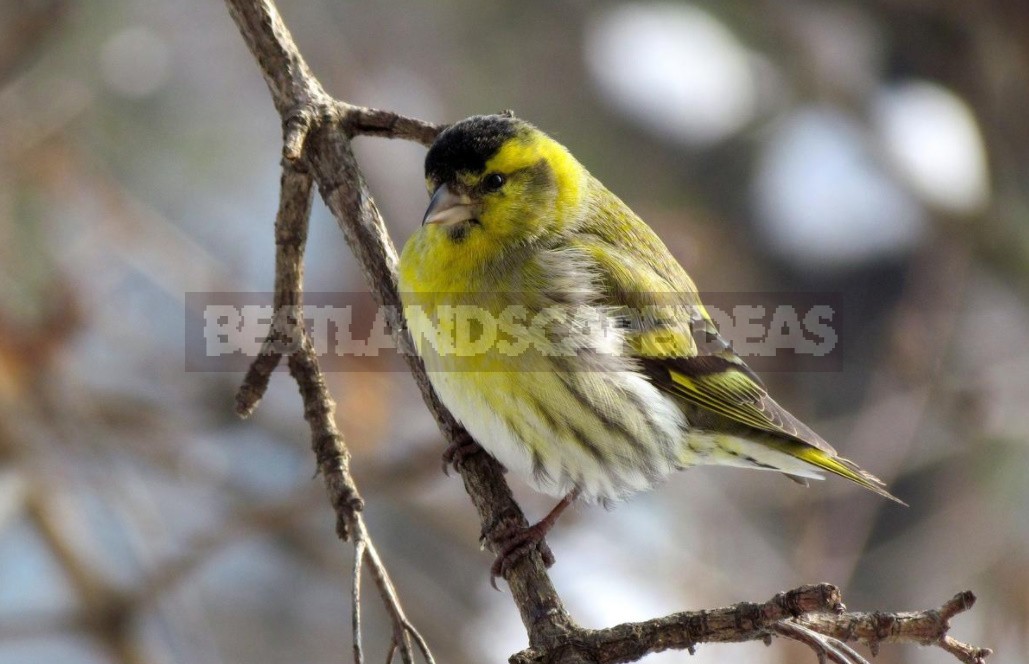
Ash, spruce, thuja, birch-where to place all this, especially on six suburban acres? You would still advise me! Prisovetuet below. This is a really big problem that doesn’t always have a solution. However, there are also possible options: plant a large tree behind the fence, in a “no-man’s-land” territory, inspire neighbors and plant one tree on the border of their possessions, negotiate with like-minded neighbors and divide the “areas of responsibility” — you will plant a spruce, and the neighbor-a birch.
Oak, of course, on a small plot is difficult to find a place. I mean, as you can imagine, a full — grown oak-such as will become today’s thin whip sticking out of the acorn. This is important to consider: even an experienced gardener will plant young trees close to each other, without thinking about their future size.
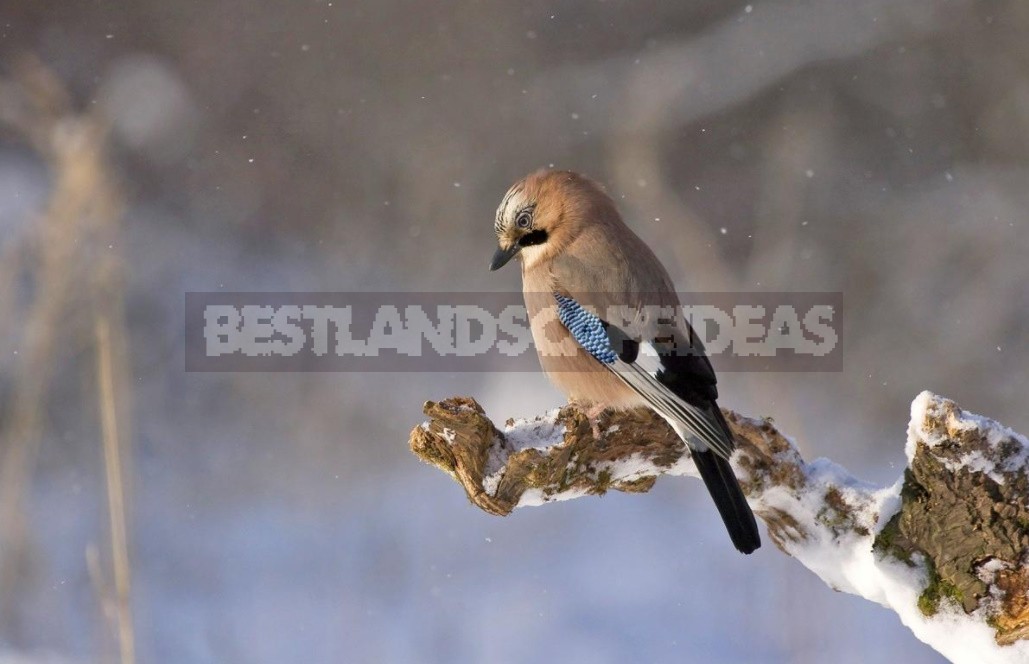
But if the oak tree still has a place, you will be guaranteed to be rewarded with the arrival of jays — beautiful and interesting birds of the Corvoidea family, one of the most intelligent groups of birds. Without acorns, jays do not think of their life and will definitely visit the oak tree.
In autumn, you can see how they collect acorns in the goiter and carry them around the neighborhood-hiding supplies for the winter. and after all find then! Not all of them, of course; the remaining acorns sprout in a new place, far from the mother plant. So as Jay is unable to subsist without the oak, and the oak may not be distributed without his winged assistant.
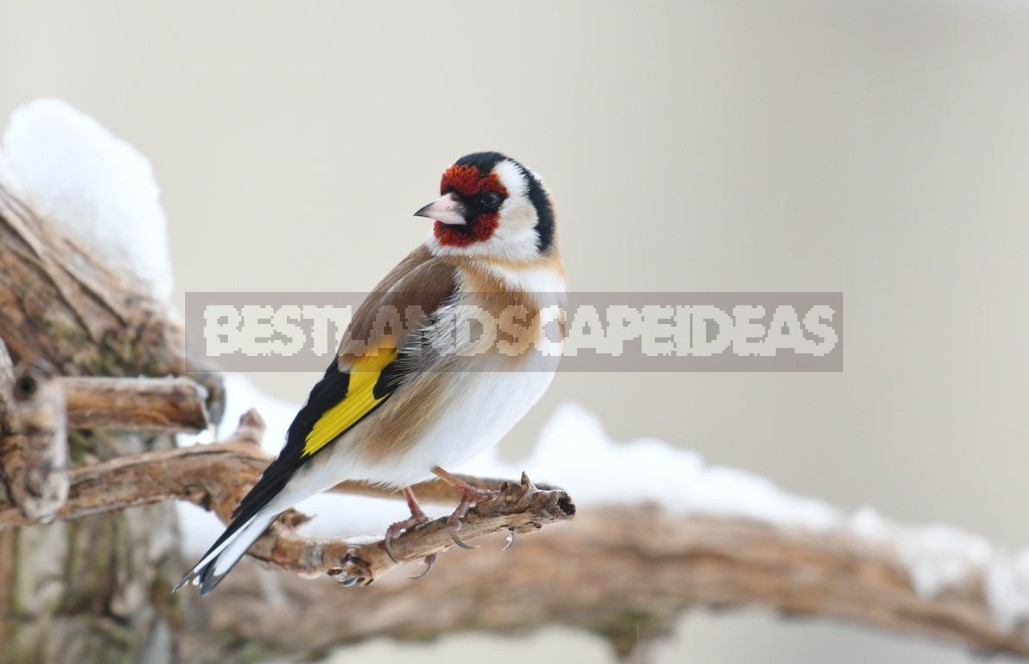
Incredibly beautiful goldfinches. the lone goldfinch is as rare as the lone pipit— it is a very sociable bird, flying in flocks of several or even several dozen individuals. waxwings, however, can form both hundreds and thousands of flocks. but it is more difficult to attract goldfinches: they feed mainly on seeds of weeds, as a result of which in winter they are especially numerous in cowsheds, in abandoned gardens and vegetable gardens, on vacant lots. The most favorite goldfinch plant is burdock…
Don’t panic! I am not suggesting that you uproot expensive varietal roses and plant the whole garden with burdocks. But if there is a piece of uncultivated land outside the territory, consider the possibility of planting at least a couple of plants there. They will not create a big problem in the garden: the seeds of burdock spread (if you do not climb into the thickets in woolen clothes) not far away, the seedlings are easily torn out by the roots, so it is not a dangerous weed. And the birds are beautiful…
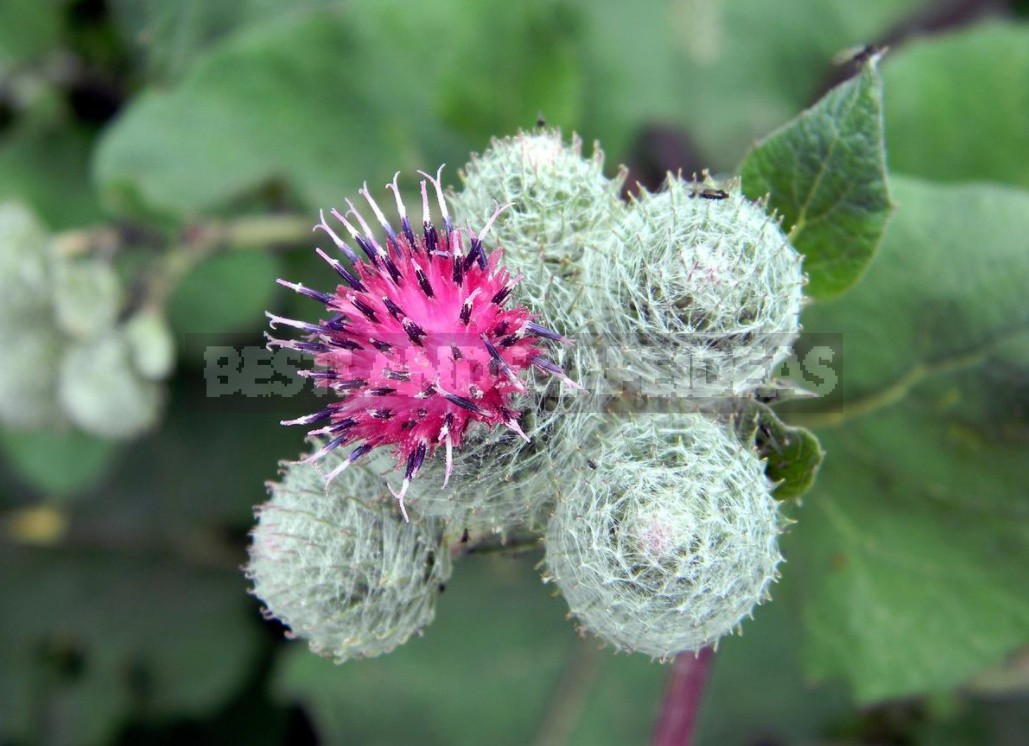
Okay, maybe it’s enough to just not destroy the burdock thickets that have been growing on the outskirts of the village for a long time. In fact, a burdock in the garden-this idea still seems wild. Maybe just for now?..
If you are shocked by the exotic offers that have fallen on you, then here is a more conservative one: plant a blackthorn or an inexpensive plum variety and leave some of the fruit for the winter. they can attract pipefish, but in my garden, plum pits are readily crushed by woodpeckers, especially in years with a low harvest of spruce. They do this, by the way, on the oak tree…
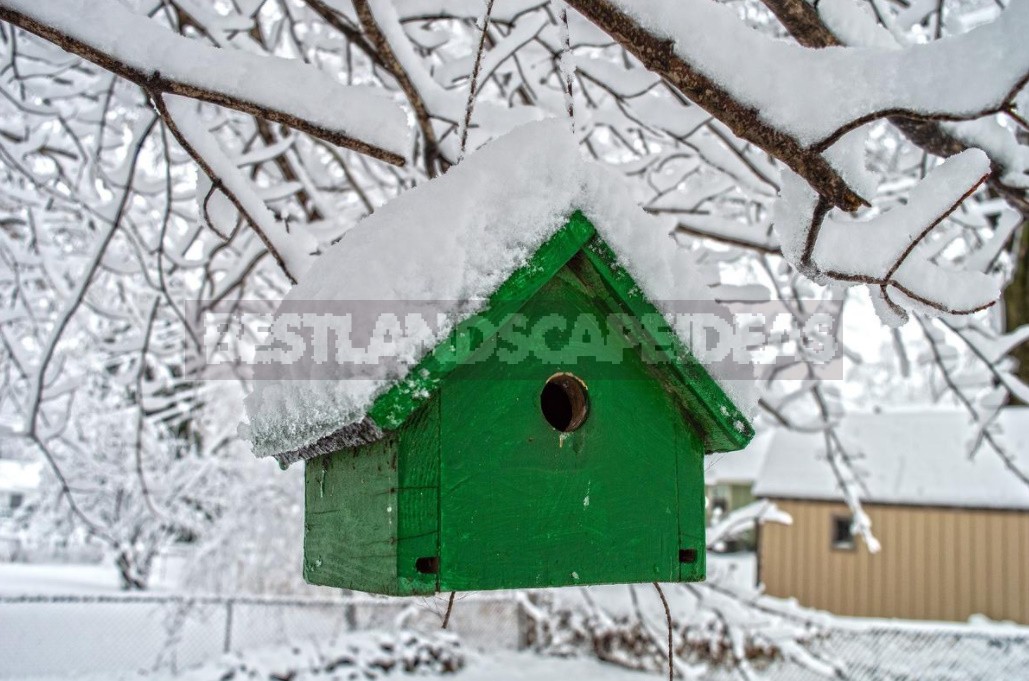
Surely there are already birdhouses in your garden. Do not remove them for the winter: shelters attract birds no less than food. groups of tits and other small birds can spend the night in birdhouses (in nature, they are packed in companies in hollows), or they can arrange a food warehouse, and an apartment in combination, Glaucidium passerinum. In favorable weather for hunting, this small owl fills the “refrigerator” with extracted rodents and small birds, and in severe periods it thaws itself carcass by carcass (pressing its whole body against it) and eats the stocks.
The birds themselves will most likely tell you about the presence of the owl in the garden. Suddenly, having abandoned all business on the feeder, tits, nuthatches, siskins begin to circle over one tree with screams. There, dazed by the daylight, sits the owl, trying in vain to remain unnoticed by those who rightly consider him their enemy. Until the owl time comes-twilight, vindictive birds will chase the predator around the garden, taking revenge on him for the night robbery by intrusiveness, giving out his location to larger predators, just acting on his nerves. you can see such a scene, of course, infrequently: the owl is a small bird — but you will remember it for a long time.
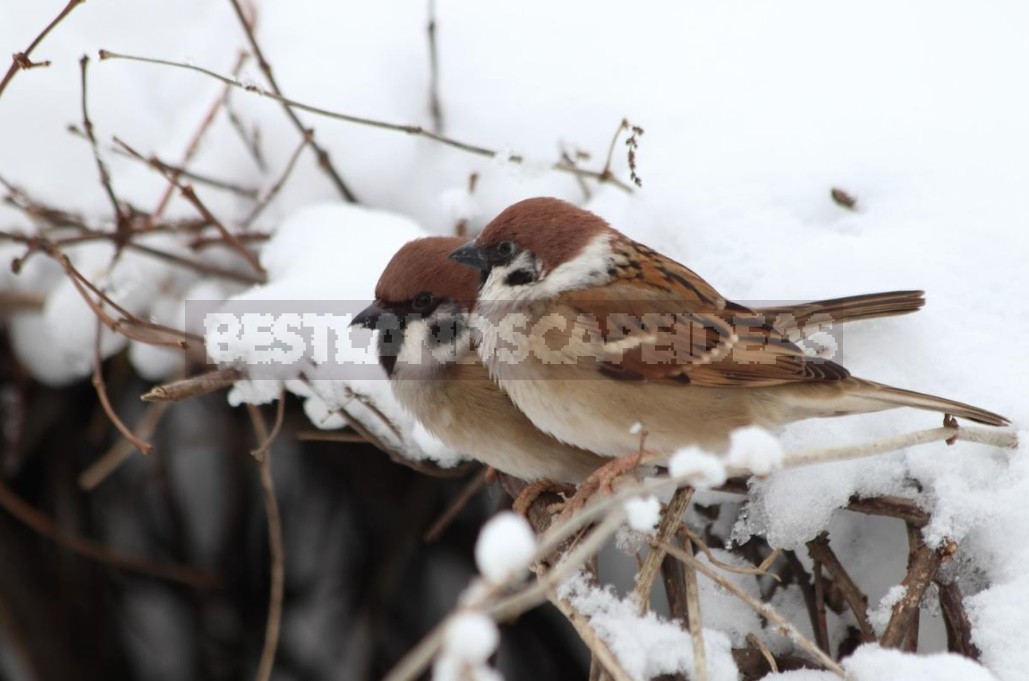
Finally, there are birds that do not need anything special: if there are at least some trees and shrubs growing in the garden, they will fly themselves. These are tits and nuthatches, collecting food from the bark of trees (the same apple trees) and, of course, on the feeder; sparrows, magpies. They are always there and do not let you forget about yourself.
but some birds may not be noticed by an inattentive eye, and yet they are worth watching. We are talking about Certhia: a small speckled, very beautiful bird with a curved thin beak-tweezers, with which it pulls wintering insects out of cracks in the bark. Like the nuthatch, it deftly moves up the trunk, but it can not go down: it flies to the neighboring tree and begins its way up again. No special conditions are necessary for the Certhia, but the more trees in the garden, the more likely it is to meet with it.
In conclusion, I would like to comfort and encourage those who are upset by the inability to implement at least some of the ideas outlined here: do not worry, there would be a garden — and birds will definitely appear in it. Not one, so others. Winter is not the death of nature, but only a dream. Sweet, colorful and interesting.
A good observation!
